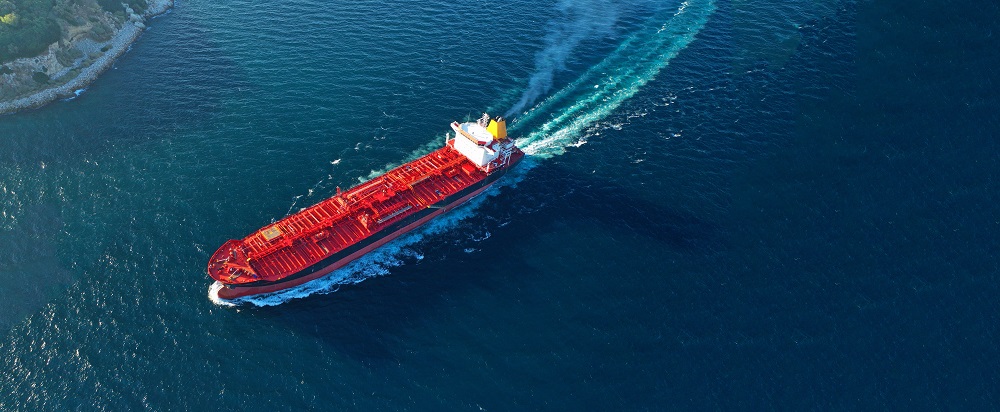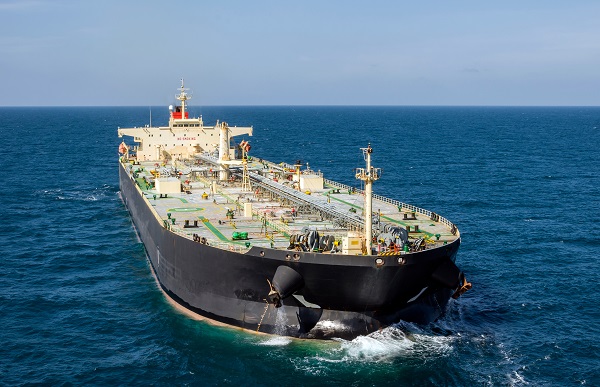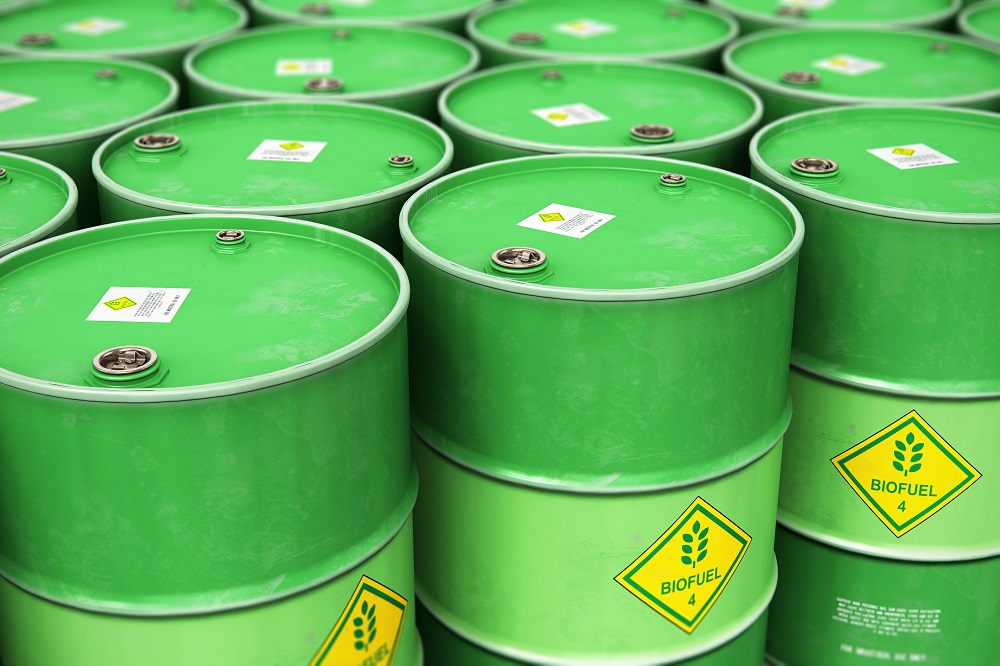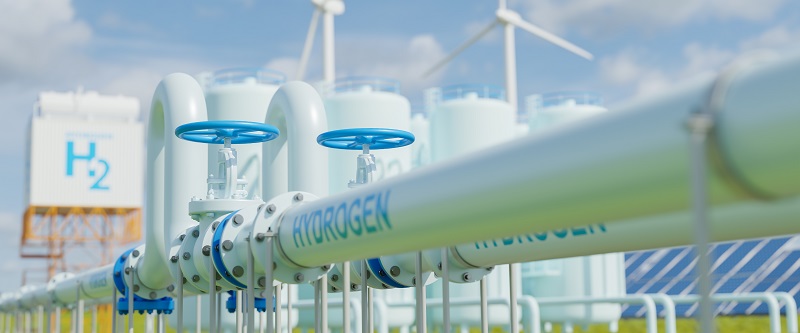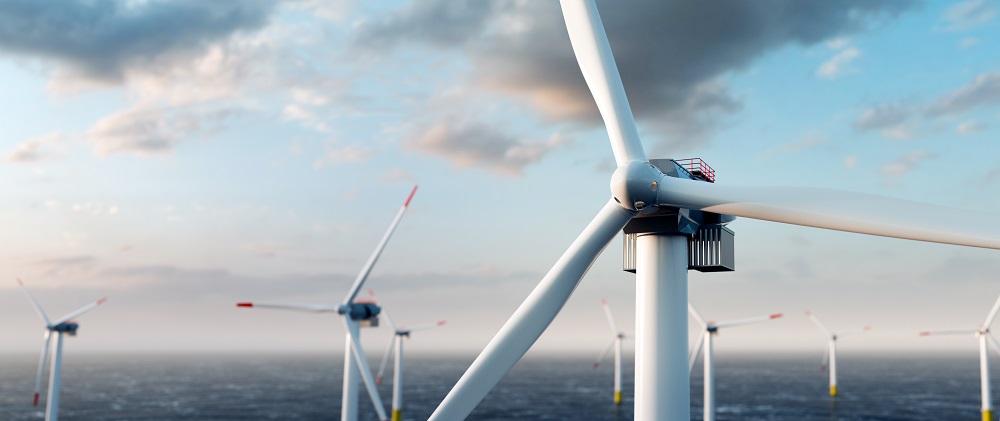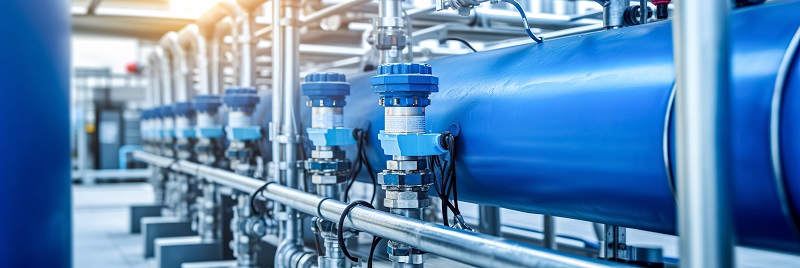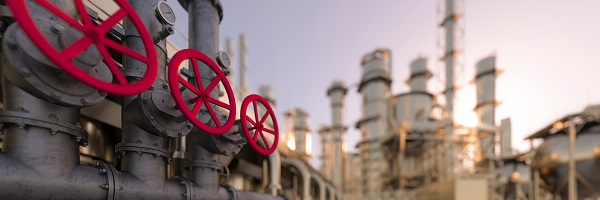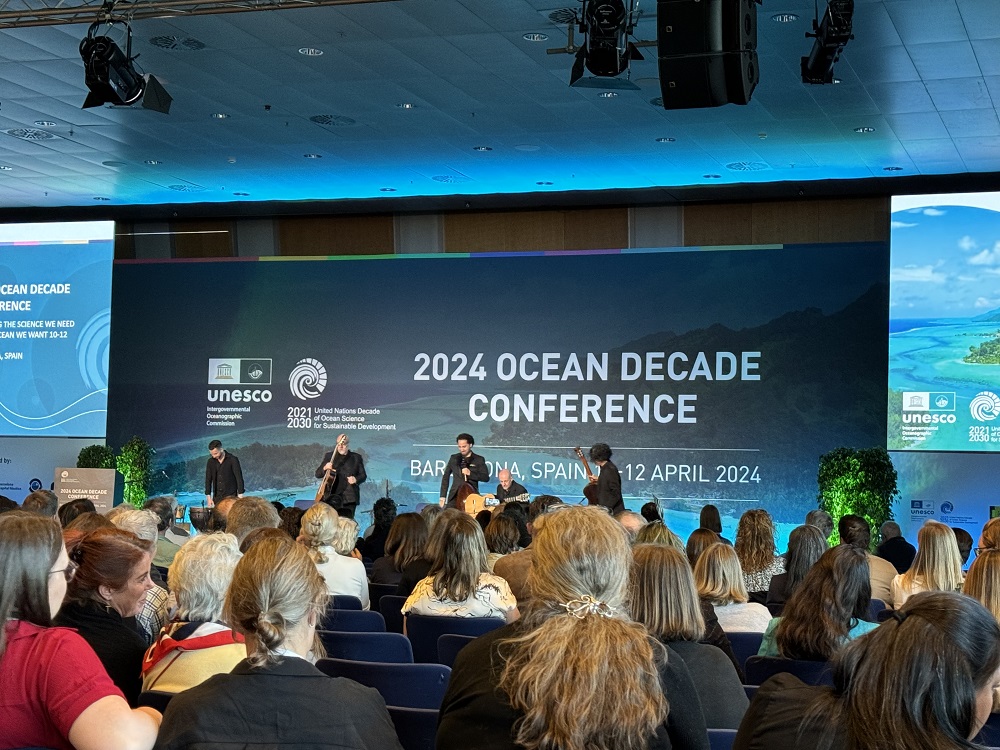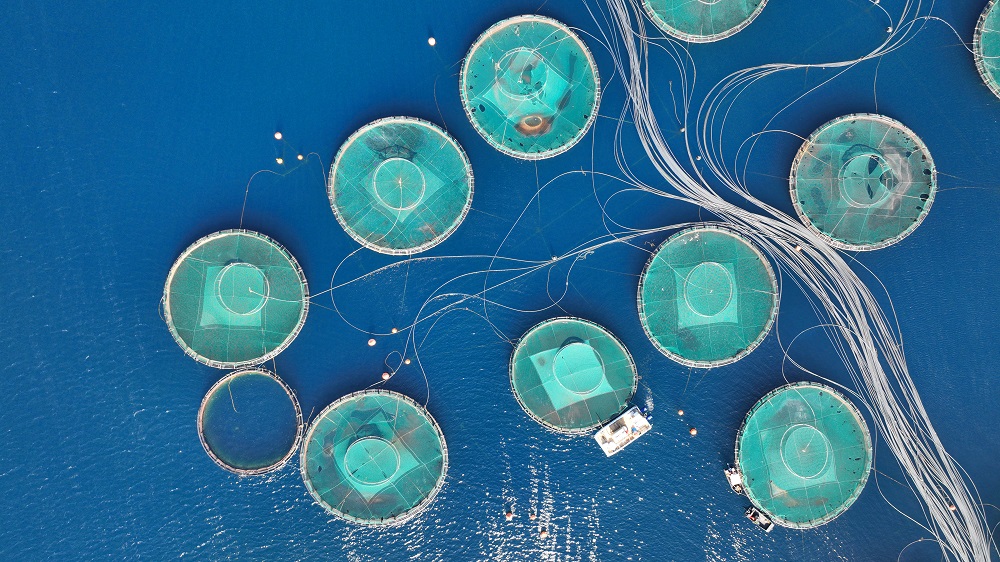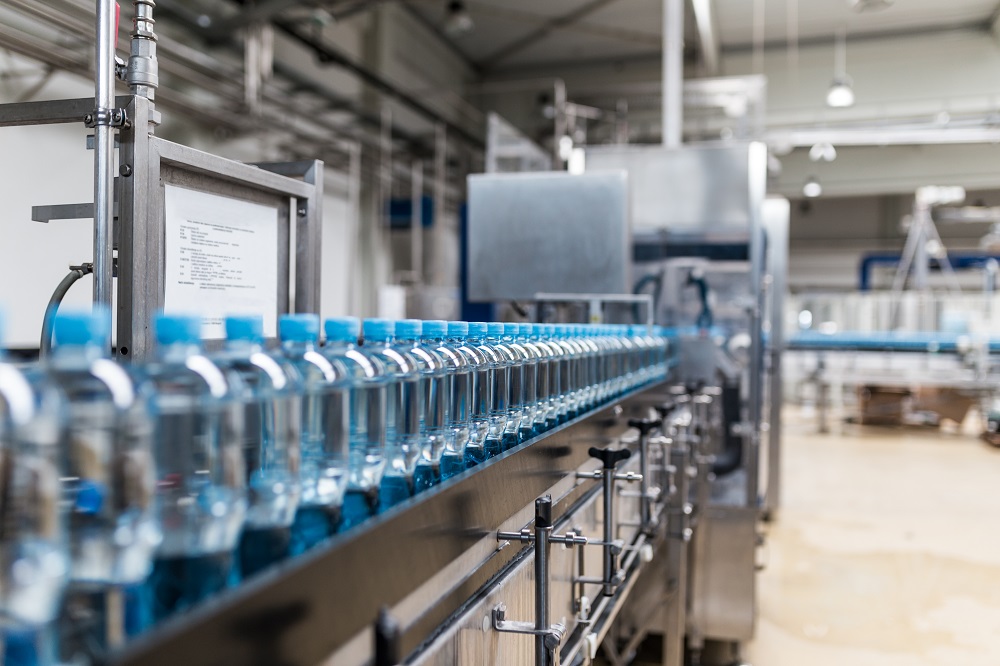This sector relies heavily on oil-based fuels, which have provided over 99% of its total energy demand. A majority of large vessels, including cargo ships, industrial carriers, and some oil tankers, use heavy fuel oil, a residual product of the oil refinement process, in their engines. This not only produces carbon emissions but also contains high levels of nitrogen oxide and sulfur, contributing to air pollution, acid rain, and respiratory diseases. The member states of the International Maritime Organization (IMO) adopted the 2023 IMO Greenhouse Gas Strategy in 2023, agreeing to reach net zero emissions from shipping by 2050 and make zero- or near-zero greenhouse gas-emitting energy, fuels, and technologies contribute 5 to 10% of shipping’s energy mix by 2030, although small island nations and other countries called for stronger targets. Fossil-based liquefied natural gas (LNG) will not be included, although there is potential for biomethane or synthetic methane fuels to be used if leakage is properly managed.
Since ships have a lifetime of 20 to 30 years, new ships will need to plan for net-zero fuels in the near future. The IMO will begin grading each ship based on its CO2 emissions and cargo-carrying capacity; those with the lowest ratings will be required to take corrective measures in order to operate. “Ships being built today will still need to be operational during the decarbonisation process, so it is critically important to ensure that new ships being built are highly energy efficient and capable of running on new fuel types,” says Bo Cerup-Simonsen, CEO of Mærsk Mc-Kinney Møller Center for Zero Carbon Shipping. “This is both a challenge and a significant opportunity.”



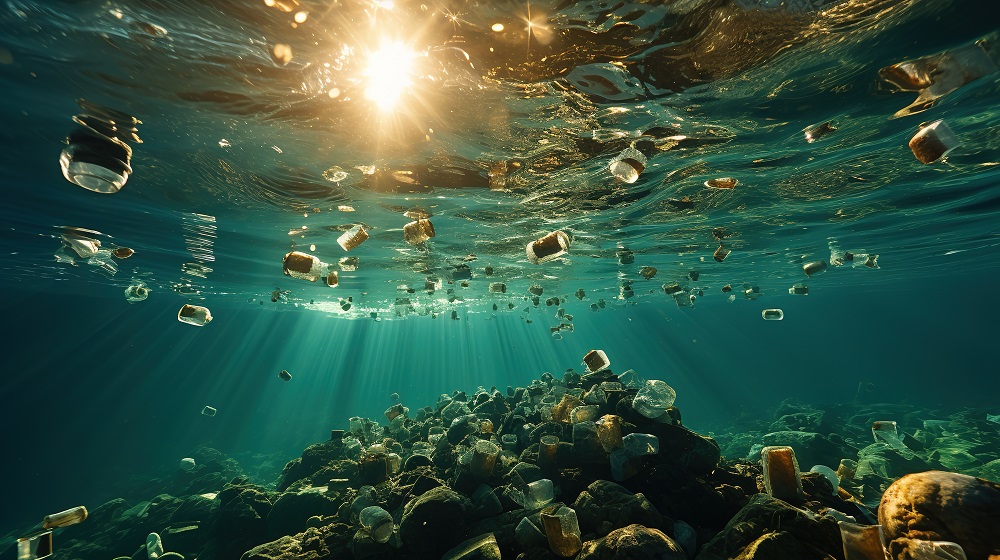

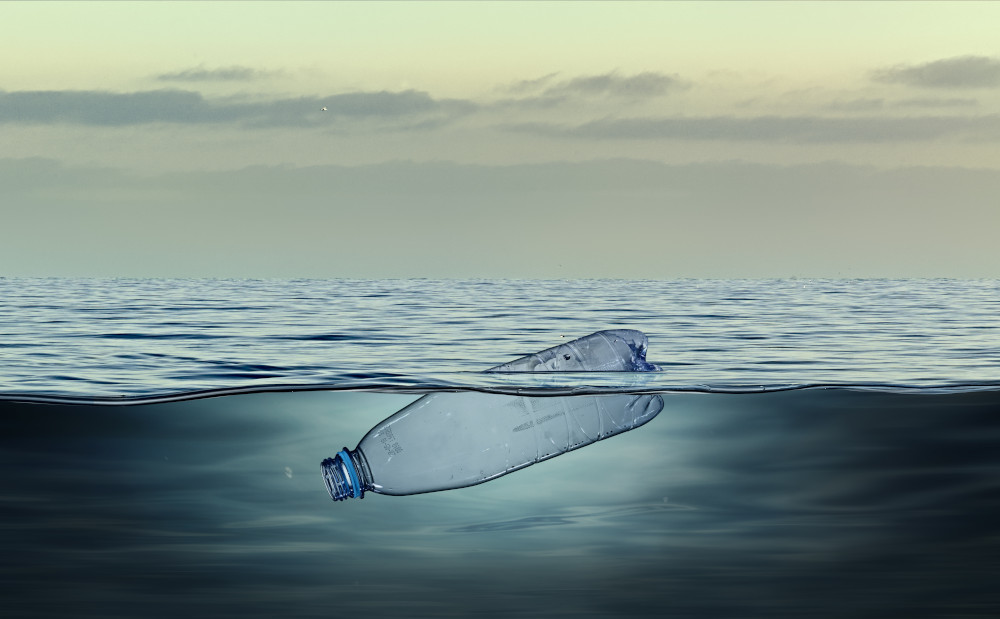




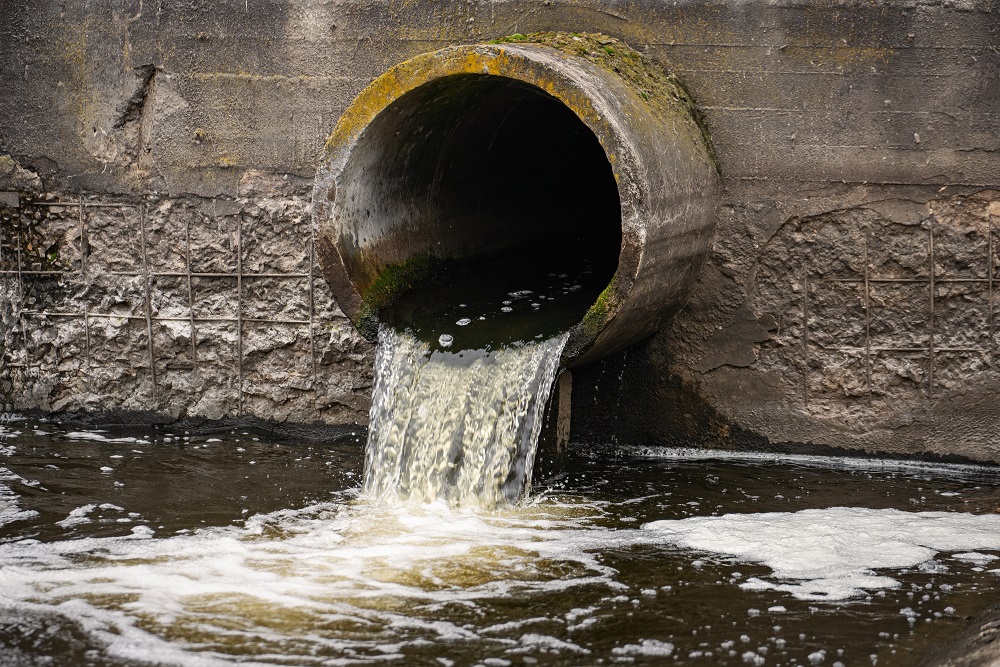 The scourge of untreated wastewater
The scourge of untreated wastewater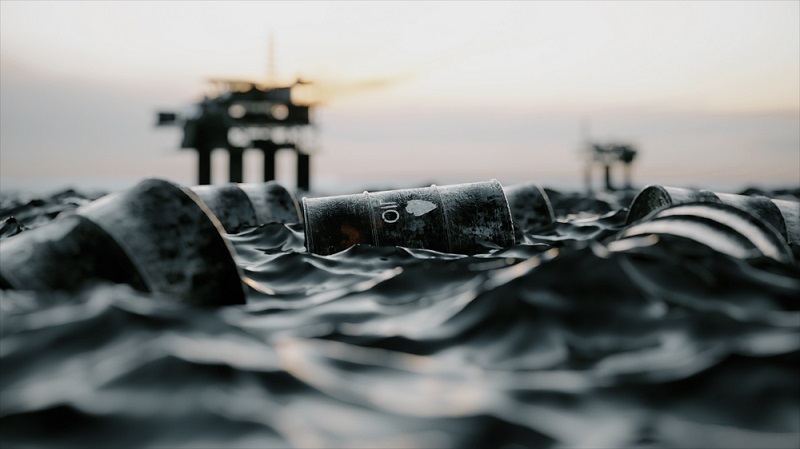 Slowing
the chemical tide: safeguarding human and ocean health amid
chemical pollution
Slowing
the chemical tide: safeguarding human and ocean health amid
chemical pollution Hazardous chemicals in plastics - the discussions at INC
Hazardous chemicals in plastics - the discussions at INC







